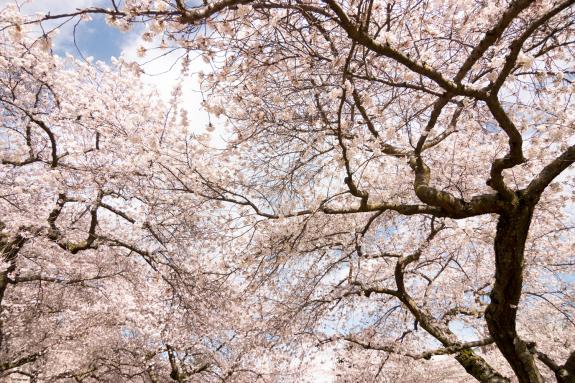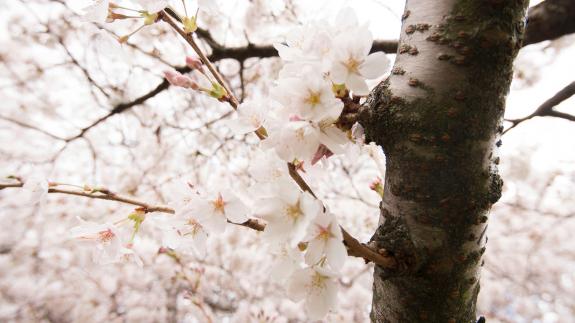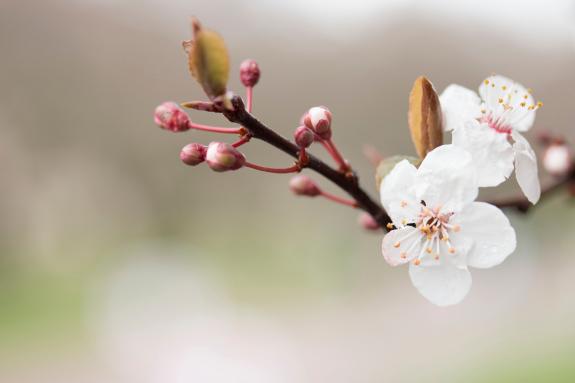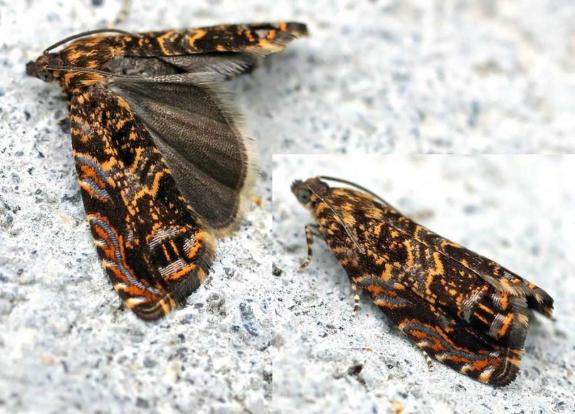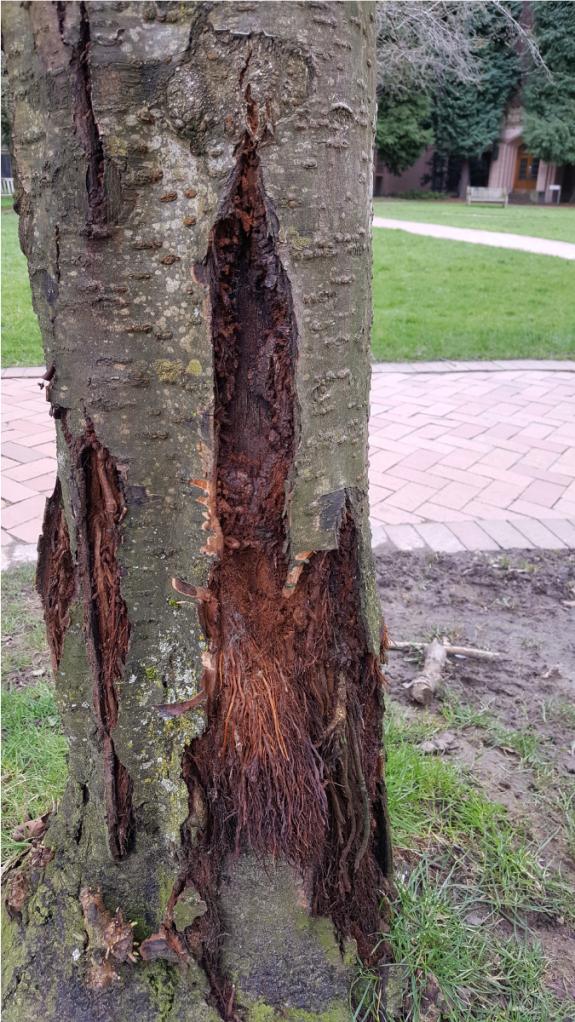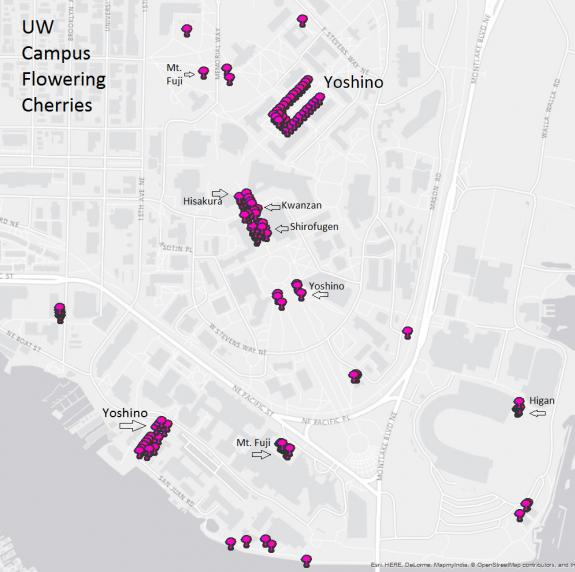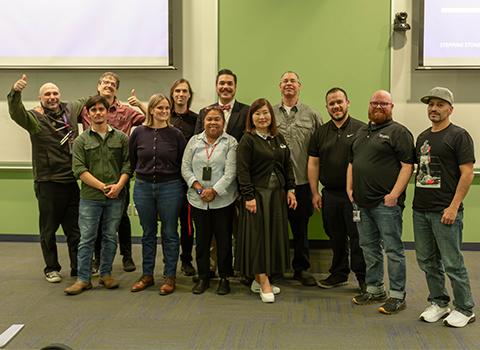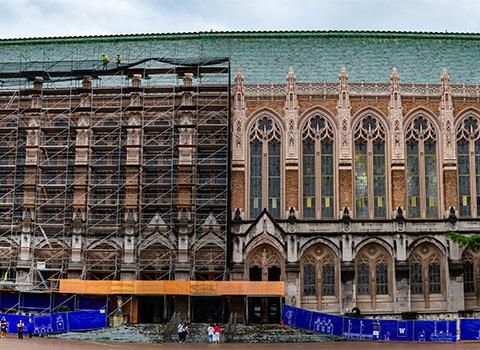Blooming blossoms

Originally posted on March 2, 2016. Updated by Alicia Halberg on March 9, 2018.
It’s that time of year again. The cherry tree blossoms are starting to bloom across campus, which means the University will see more people outside enjoying the Quad. Help make the blossoms last by avoiding some damaging behavior.
1) Jiggling the cherry tree branches can make for a great photo op, but it leaves the trees looking more like Whomping Willows. It’s easy: the less you shake the trees, the longer the blossoms last.
2) Instead of hoisting yourself into the cherry trees for a view of campus, try investing in a sturdy pair of stilts. Shoes that make contact while climbing the trees can snap off chunks of bark, leaving the trees vulnerable. Try reading under the blossoms, not in the tree branches.
3) While the cherry tree blossoms look fresh and youthful when they’re in bloom, the trees are actually over 80 years old. The trees are susceptible to cherry blossom brown rot, a type of fungus that infects twigs. Climbing in trees can break rot-ridden branches which could snap and hit unsuspecting tourists below.
4) Hate moths? So do the cherry trees. The cherry bark tortrix moth attacks cherry trees and lay eggs after broken off bark left the trees susceptible. The larvae feed on the cambial layer – a layer of tissue between the inner bark and the wood. After the tissue has been infected, essential nutrients can’t transport to the roots to keep the trees healthy. Don’t want to starve the trees? Don’t break the bark!
5) Can't get enough of the cherry trees? While UW's Yoshino Cherry trees in the Quad get most of the spotlight, campus has dozens of other cherry trees that bloom each spring. This includes Hisakura, Kwanzan and Shirofugen Cherry trees between Mary Gates Hall and Johnson Hall; Yoshino Cherry trees on the upper part of Rainier Vista, close to Drumheller Fountain; and Yoshino Cherry trees along San Juan Road behind the Health Sciences Building, adjacent to the Oceanography Teaching Building, Marine Sciences and the Harris Hydraulics Laboratory. You can always find tree information on our GIS tree portal.
To check out if the cherry blossoms are in bloom, follow UW Cherry Blossoms on Twitter.
